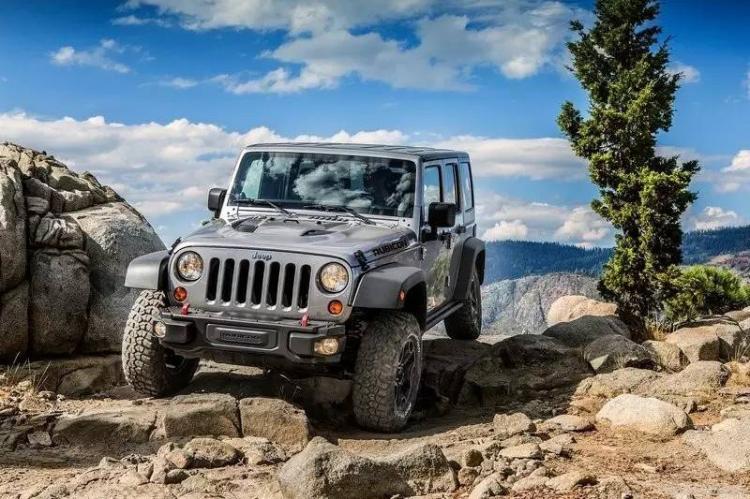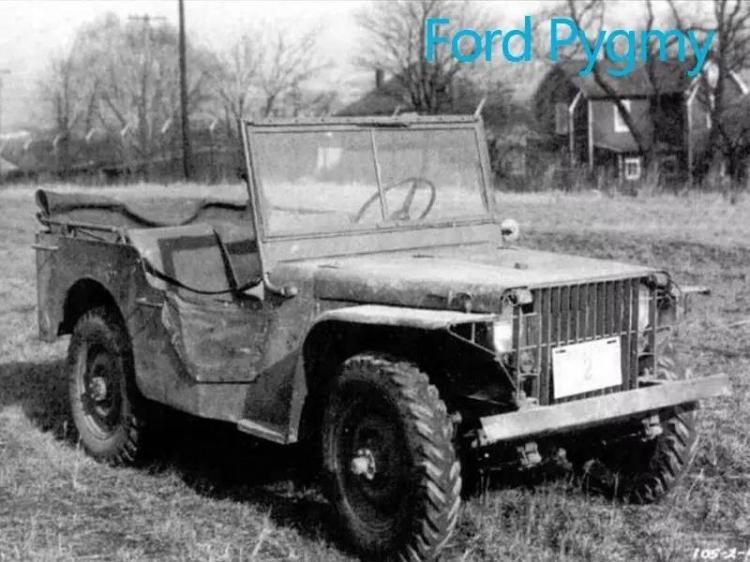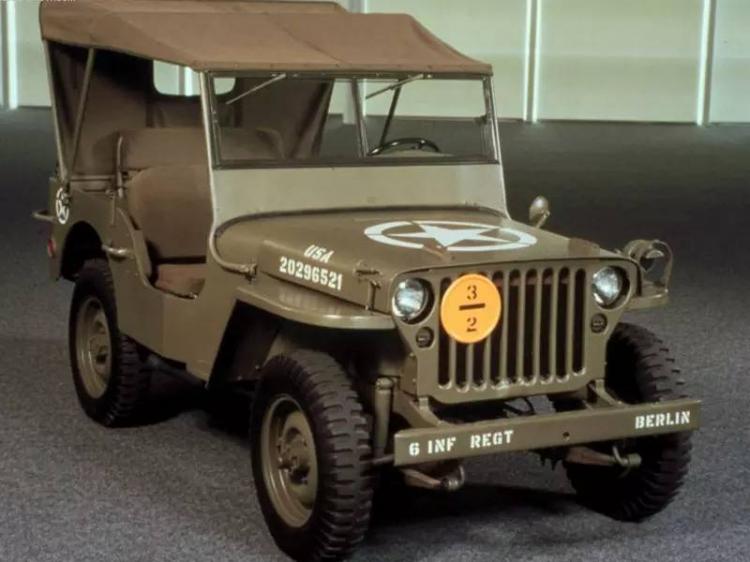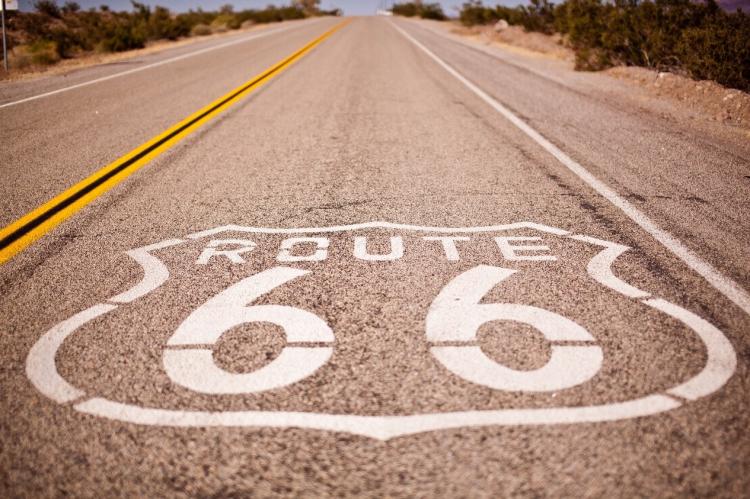There is such a series of models, which have excellent off-road capabilities, reliable mechanical performance, and at the same time have the wildness and roughness of American off-road vehicles, and are highly respected by off-road enthusiasts at home and abroad. It’s the Jeep Wrangler, one of Chrysler’s most popular brands. This model perfectly inherits the essence of the Jeep brand’s Chinese and American off-road vehicles—rough and unrestrained, durable leather, strong off-road capability, and more advocating machinery rather than the more popular electronics now.

Today, various models of the Wrangler still maintain those seemingly simple designs and “rough” interiors, and still use non-load-bearing bodies, which seem to have nothing to do with comfort and luxury, but their extraordinary off-road capabilities have always been It is praised by the world and full of legends. No matter how complicated the environment is, it can be fearless, allowing people who love this model to conquer unknown difficulties one after another. The car’s advanced time-sharing four-wheel drive system, classic square box shape, etc. are all born for off-road performance. The reason why the Wrangler stands out among today’s off-road vehicles is inseparable from the continuous progress and inheritance of previous generations of models. So, today the editor will take you through the development of the Jeep Wrangler.
Prototype: 1941 – Willys MA/MB
The originator of the Wrangler series is actually the Willys MB, a military vehicle during World War II. On the battlefield of World War II, it relied on its strong off-road performance to help the US military transport supplies and wounded . It evolved from the Willis MB, such as the vertical seven-hole air intake grille and the external spare wheel.

How did this model come about? Without him, it was still the birth of war—on the eve of World War II, the U.S. military asked domestic automakers for a light four-wheel drive reconnaissance vehicle that could meet multiple military needs. This model first needs to have better handling Features such as reliability, stronger and more reliable body, and higher safety, so that the old motorcycles and Ford Model T cars in World War I can be replaced, and the corresponding standard specifications for military vehicles can be formulated. In July 1940, the U.S. Army formally bid for 135 automakers in the U.S., making a request: To deliver the first prototype within 49 days, 70 test .

The military’s requirements are naturally extremely urgent and demanding, and only the proposals of the powerful Bantam, Willis-Overland and Ford have initially met the requirements. Bantam was the first company to come up with design plans and prototypes. Naturally, Bantam won the bid and began production of 70 test vehicles. Unfortunately, many problems occurred in the actual vehicle test, which seriously affected the progress of the project. The military had to recall Willis and Ford, and improved and adjusted the design of the prototype vehicle, and produced prototypes respectively. Car Quad and Pygmy, and in the end Willis’ Quad was selected . During mass production, Willys renamed the Quad as Willys MA, but Willys MA was not mass-produced. In March 1941, Willys only produced more than 1,500 vehicles for the military. And it was Willys MB, an improved model of Willys MA, that was really mass .

Willys MB has optimized the weight of the body, which is about 240 pounds lower than Willys MA. The body adopts the stamped one-piece nine-slot grille technology, which until now is the most obvious iconic feature of the Jeep series . Not only that, but also improved some technical problems, which greatly reduced the manufacturing cost of the whole vehicle, and brought about a great increase in production volume.

However, due to the consumption during the war, the output still could not keep up with the military demand, so at this time, Ford Motor was also authorized to use MB’s drawings to manufacture the Ford version of Willys MB, code-named GPW, which is basically consistent with Willys MB During World War II, the two companies produced a total of 643,000 vehicles. As shown in many TV movies, this car became the most popular model of the U.S. Army. During World War II, it seemed to be it served in the army for 19 years.




